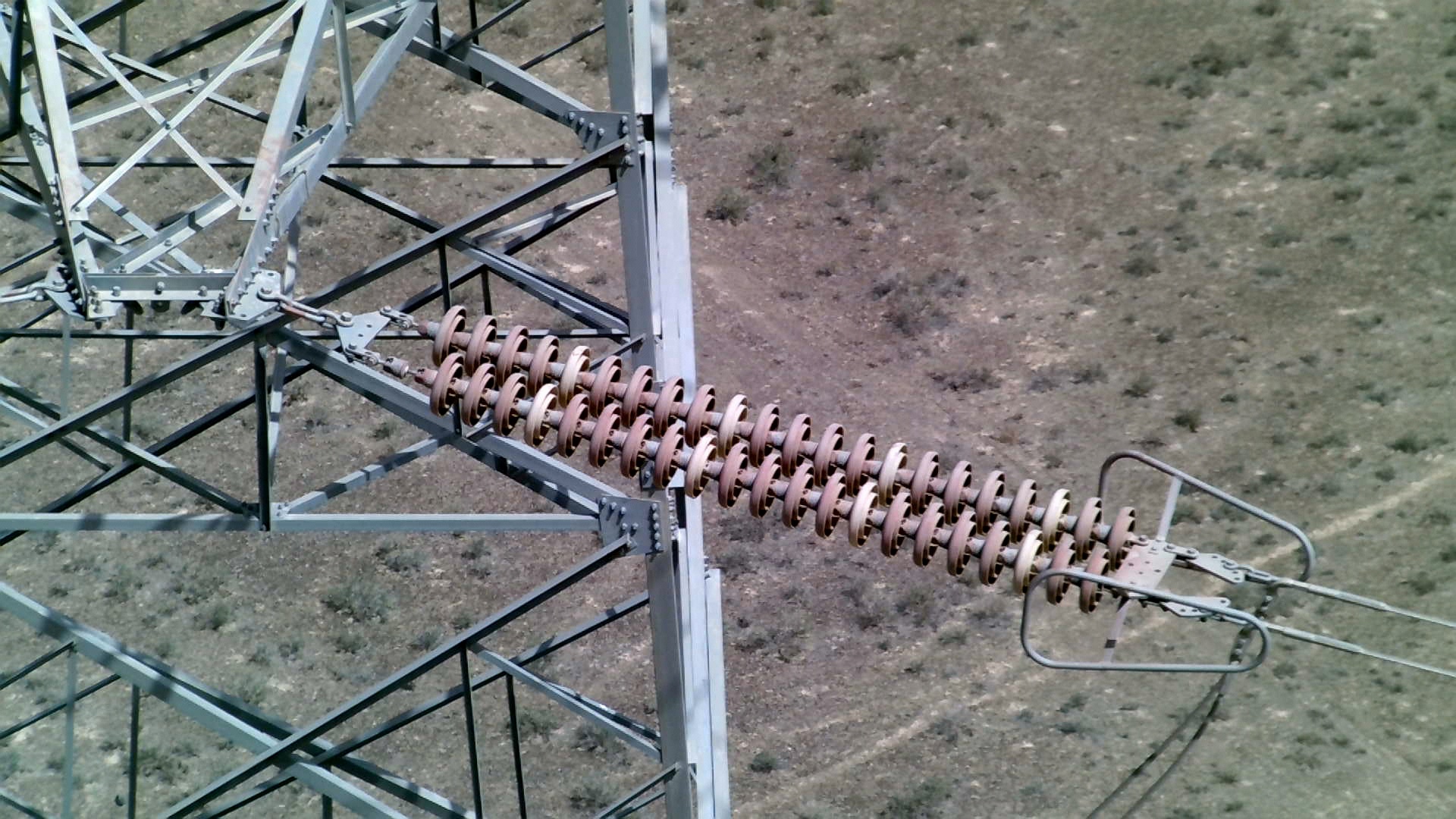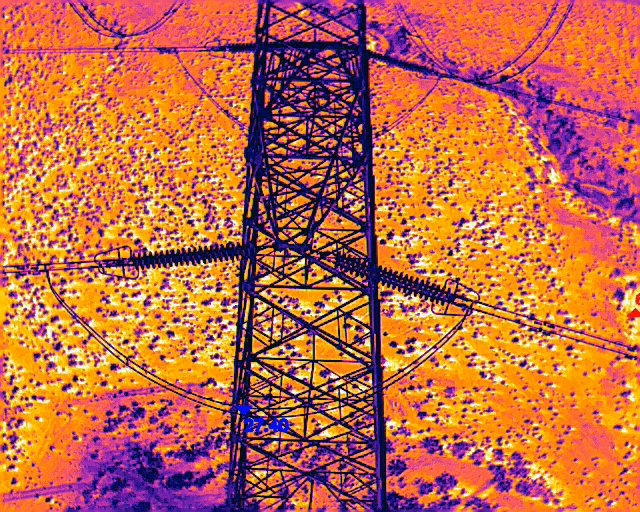ZQ Photoelectric offers our customers various options for POWER GRID inspections, being the field in which we have developed more tools.
Electricity is transmitted at high voltages (66 kV or above) to reduce the energy loss which occurs in long-distance transmission. Power is usually transmitted through overhead power lines. The conductor material is nearly always an aluminum alloy, made into several strands and possibly reinforced with steel strands, and can be vulnerable to mechanical or environmental damage.
A substation is a part of an electrical generation, transmission, and distribution system. Substations transform voltage from high to low, or the reverse, or perform any of several other important functions. Being an important part of the electrical grid.
The electric grids have various elements that are vulnerable to damage, putting at risk the efficiency and security of the electrical grid.
EO (Electro-Optical)

To inspect a transmission line it is necessary to use different technologies, one of which is the traditional optical inspection. With the newest UAV technology, now it is as simple as sending a drone to the field and recollecting some visual data. However, the payload attached to the UAV can make the difference.
All our UAV payloads and hand-carried devices are equipped with an EO camera capable of not only visual guidance but of visual inspections as well as having a 10x optical zoom capability.
IR (Infrared)
One of the most used methods used in the transmission lines inspections is the infrared + UAV inspection, that is able to detect hotspots that might point-out a defect in the installation.
ZQ Photoelectric's IR payloads offer two different resolutions, the IR35 and IR19T's resolution (1280x1024) is 400% higher than any other IR payload currently in the market, offering a more accurate and clear image for analysis.

UV (Ultraviolet - Corona sun-blind Inspection)

Corona is an electrical discharge in the high electric field region of an insulator. This generally occurs in the vicinity of conducting surfaces but sometimes also near insulating surfaces due to ionization processes in air involving transfer of electrons being ‘knocked out’ of orbit and recaptured by atoms. This ‘recombination’ event releases energy in the form of light photons and is the glow commonly observed on transmission lines during low light conditions. The same effect can also be observed during daytime using solar blind UV cameras.
The presence of this phenomenon creates ozone which is a corrosive chemical component that is capable of damaging the structural integrity of the transmission lines elements.
AI (Artificial-Intelligence)
The core technology used in ZQ Photoelectric autonomous aerial inspections is an AI algorithm developed using thousands of overhead transmission line images and is processed using cutting-edge chips. Capable of undertaking transmission lines elements detections even while not connected to the internet.
According to the designed cloud points, the autonomous inspection system takes photos with a high degree of consistency (especially the M300RTK scheme), analyzing and saving the detection result. The inspection personnel will receive a notification when the integrity of the detected target is compromised or when there is another abnormality, like a bird's nest.